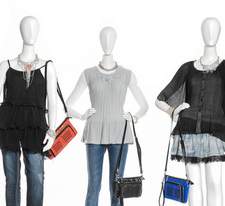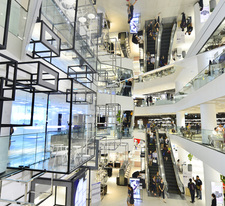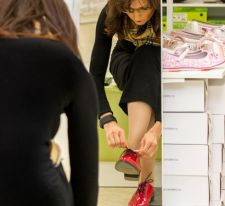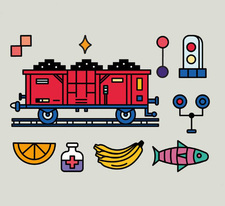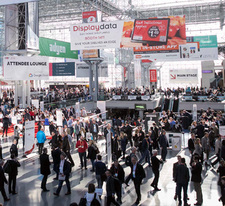They grow big and small
The slowdown in the growth of retail trade turnover under the influence of stagnation or decline in consumer incomes and the increase in sales tax, the ongoing consolidation of retail and reformatting of the retail real estate market – the only fast-growing segment in 2019 will remain e-commerce, which will affect, among other things, logistics.
In 2018, according to RAEC, the growth of the e-commerce market was about 16%. However, the main challenge for the Russian economy as a whole will be the growth of inequality, according to Cushman & Wakefield. In conditions of limited resources, the transformation of the market will continue to increase the gap between leaders and outsiders in all segments with the consumer choosing the most profitable offers and the most attractive objects.
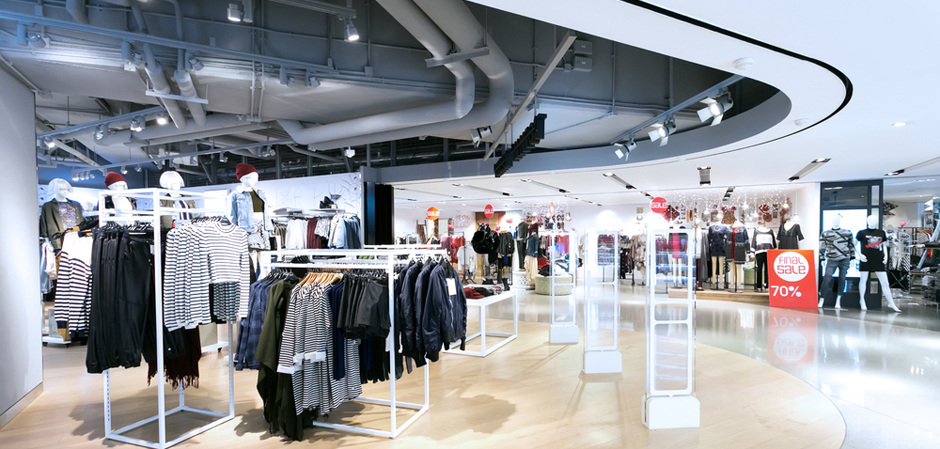
According to the estimates of Colliers International, regional and local projects will continue to develop against this background. For example, in Moscow, for the fourth year in a row, the average leasable area of the shopping centers being commissioned has been reduced, which indicates just about the strengthening of the exchange rate for the "district". So, if in 2016–2017 they accounted for 21% and 33% of the input in Moscow, respectively, then in 2018 they accounted for 62%, and this share will remain at 58–60% in 2019–2020. According to CBRE estimates, 16% of the new offer in 2019 will be provided by district shopping centers of a new format developed by ADG Group, whose concept involves an emphasis on entertainment, leisure and educational components.
FORECAST VALUES
According to JLL, 289 thousand square meters of high-quality retail space is expected to be commissioned in Moscow in 2019, which is 2.3 times higher than the new offer of 2018. By the opening, however, only two large objects have been announced ("Island of Dreams" and "Salaris"), one medium-sized and several small, with a rented area of less than 20 thousand sq. m. In St. Petersburg, there will be practically no new offer in 2019: the introduction of small &"local" centers and second queues of existing facilities with a total area of 52.9 thousand sq. m.

In total, in Russia in 2019, it is planned to introduce more than 1 million square meters. m of new retail space. In second place in terms of activity after Moscow are cities with a population of less than 500 thousand people. The format of the new offer in other cities will vary greatly depending on the region, experts say. So, for a small city, a shopping center with a leased area of 20 thousand square meters can be considered a fairly large object, focused on all residents not only of this city, but also of neighboring settlements. The largest objects for have appeared for commissioning in Khabarovsk – «Catchy Mall » (58.5 thousand sq. m.), Grozny « Grozny Mall » (56 thousand sq. m. and Nizhnevartovsk – Golden Park (43 thousand sq. m. The structure of financing the construction of the shopping center has remained unchanged. Most market players, with rare exceptions, still use equity and attract debt, as a rule, for most of the project budget. The only question is how accessible and how much these loan funds will cost the developer," notes Polina Zhilkina, Head of the Retail Consulting Department of the retail space Department of JLL.

According to the forecasts of CBRE, in 2019 the decline in the share of vacant space will continue. At the end of 2019, this figure will fall to 6.5-7.0%, despite a significant number of new facilities under construction. Marina Malakhatko, Director of Retail Premises CBRE in Moscow, notes that rental rates in shopping centers will also increase after stabilization over the past 3 years. However, the growth will primarily affect premium rates on premises in the galleries of top shopping centers. The growth for 2019 will be 2–4%, to the level of 204–208 thousand rubles/sq. m/year. It will be affected by the acceleration of inflation and a low proportion of available space. The dynamics of average rates in 2019 will reflect changes in turnover: we expect that the growth of average rates will be 1% to 88 90 thousand rubles/sq. m/year, and will also be typical only for top-end facilities. At the same time, the east of the capital is the least saturated with high-quality shopping centers, the security is 227 sq. m. m per 1,000 people, which is 55% lower than the weighted average for the city, which is 493 sq. m. At the same time, among the objects under construction, the share of VAO is above average and is 13% GLA, which indicates a gradual leveling of the geographical distribution of supply.
Colliers International reminds that 33% of Russian shopping centers were built more than 10 years ago, which means that they are largely outdated in terms of the organization of food zones, public spaces and places of attraction for consumers, architecture and design. As a result, the market will continue the "boom of reconceptions". In 2018, projects of reconstruction and reconstruction of Fort Group shopping centers, such as City Mall, Golden Babylon, Hudson and others, were started, but not yet completed. In many ways, the changes will affect the food zones – food remains one of the few categories in demand by the consumer.
To be continued.
Text: Ekaterina Reutskaya
Photo: shutterstock


